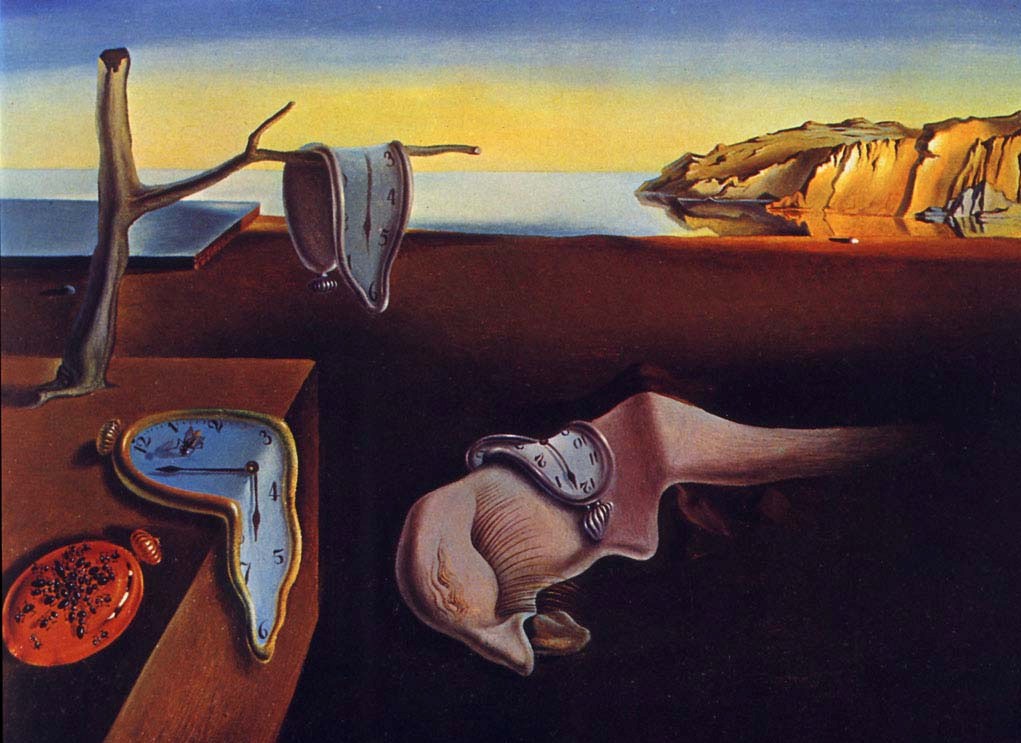Constructivism was the last and most influential modern art movement to flourish in Russia in the 20th century. It evolved just as the Bolsheviks came to power in the October Revolution of 1917, and initially it acted as a lightning rod for the hopes and ideas of many of the most advanced Russian artists who supported the revolution's goals. It borrowed ideas from Cubism, Suprematism and Futurism, but at its heart was an entirely new approach to making objects, one which sought to abolish the traditional artistic concern with composition, and replace it with 'construction.' Constructivism called for a careful technical analysis of modern materials, and it was hoped that this investigation would eventually yield ideas that could be put to use in mass production, serving the ends of a modern, Communist society. Ultimately, however, the movement foundered in trying to make the transition from the artist's studio to the factory. Some continued to insist on the value of abstract, analytical work, and the value of art per se; these artists had a major impact on spreading Constructivism throughout Europe. Others, meanwhile, pushed on to a new but short-lived and disappointing phase known as Productivism, in which artists worked in industry. Russian Constructivism was in decline by the mid 1920s, partly a victim of the Bolshevik regime's increasing hostility to avant-garde art. But it would continue to be an inspiration for artists in the West, sustaining a movement called International Constructivism which flourished in Germany in the 1920s, and whose legacy endured into the 1950s.
Key Ideas:
Constructivists proposed to replace art's traditional concern with composition with a focus on construction. Objects were to be created not in order to express beauty, or the artist's outlook, or to represent the world, but to carry out a fundamental analysis of the materials and forms of art, one which might lead to the design of functional objects. For many Constructivists, this entailed an ethic of "truth to materials," the belief that materials should be employed only in accordance with their capacities, and in such a way that demonstrated the uses to which they could be put.
Constructivist art often aimed to demonstrate how materials behaved - to ask, for instance, what different properties had materials such as wood, glass, and metal. The form an artwork would take would be dictated by its materials (not the other way around, as is the case in traditional art forms, in which the artist 'transforms' base materials into something very different and beautiful). For some, these inquiries were a means to an end, the goal being the translation of ideas and designs into mass production; for others it was an end in itself, a new and archetypal modern style expressing the dynamism of modern life.
The seed of Constructivism was a desire to express the experience of modern life - its dynamism, its new and disorientating qualities of space and time. But also crucial was the desire to develop a new form of art more appropriate to the democratic and modernizing goals of the Russian Revolution. Constructivists were to be constructors of a new society - cultural workers on a par with scientists in their search for solutions to modern problems.
 |
| The sailor self-portrait |























